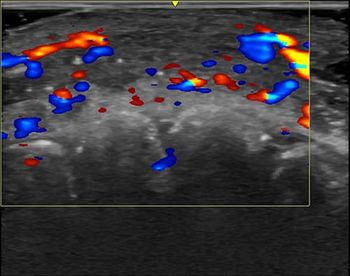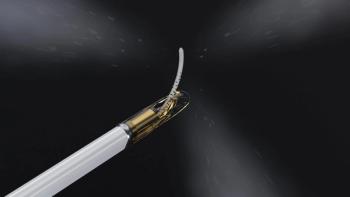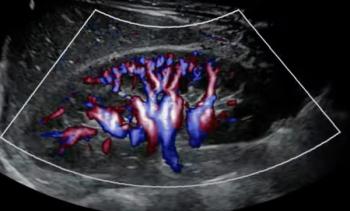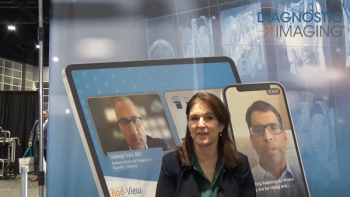
More Education on Radiation Risks Needed When Ordering Exams
Radiologists need more education on radiation risk to help make decisions for patients who may need imaging tests but have a history of radiation exposure.
More education is needed to help radiologists make decisions on ordering imaging exams among patients who have a history of radiation exposure, according to an article published in the
Researchers conducted a physician survey in three academic centers between April 2012 and June 2012 to determine the influence of patient radiation exposure history on imaging decisions made by radiologists. The researchers asked the radiologists to make an imaging recommendation on a hypothetical patient who had a history of multiple CT scans.
The radiologists were evaluated on whether they incorporated cancer risks from the previous imaging test, reported acceptance or rejection of the linear no-threshold model - a measurement of radiation dose versus risk of cancer - and understood linear no-threshold model implications that setting. The model assumes that long-term cancer risk caused by ionizing radiation is directly proportional to the dose received. The researchers’ expectation was that if the radiologists were aware of and used the linear no-threshold model, they would disregard previously incurred cancer risks.
The survey results showed that the researchers’ expectations were not met: 92 percent of radiologists surveyed incorporated the risks from the patient’s exposure history into their decision-making.
However, 61 percent reported that they accepted the linear no-threshold model. Twenty-five percent of radiologists rejected the model and 15 percent said they could not judge. Only 4 percent, just 13 radiologists, reported that they had an accurate understanding of linear no-threshold model implications.
A minority of the radiologists who reported that they understood and used linear no-threshold model (36 percent) actually made their decision on the hypothetical patient based on their reported beliefs.
“Most radiologists, when faced with patient exposure histories, make decisions that contradict their self-reported acceptance of the linear no-threshold model and the linear no-threshold model itself,” the study authors wrote. “These findings underscore a need for educational initiatives.”
Newsletter
Stay at the forefront of radiology with the Diagnostic Imaging newsletter, delivering the latest news, clinical insights, and imaging advancements for today’s radiologists.




























